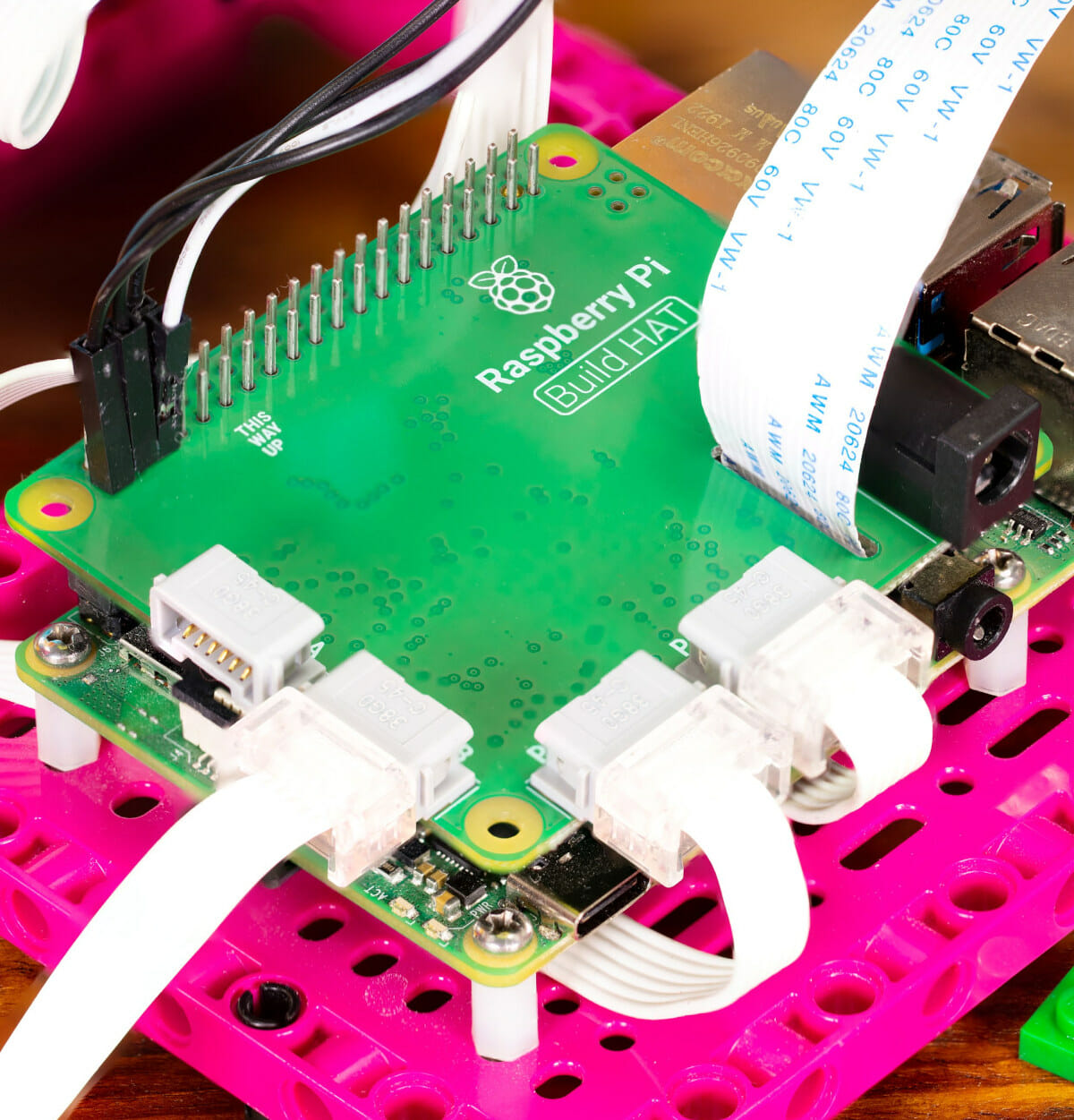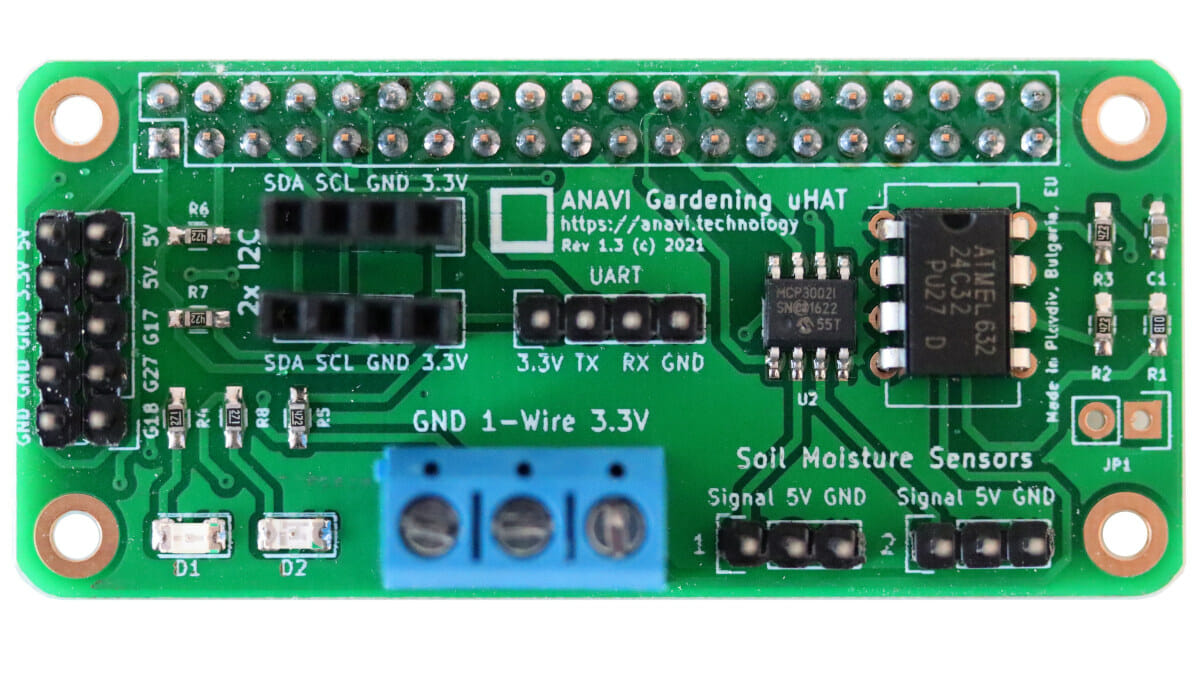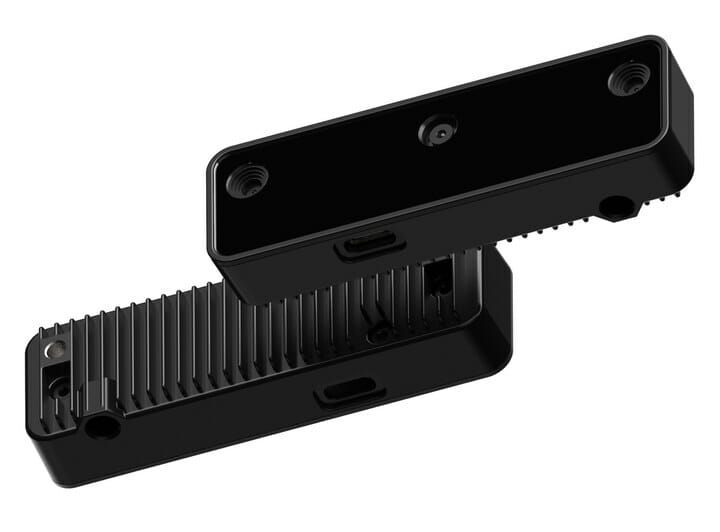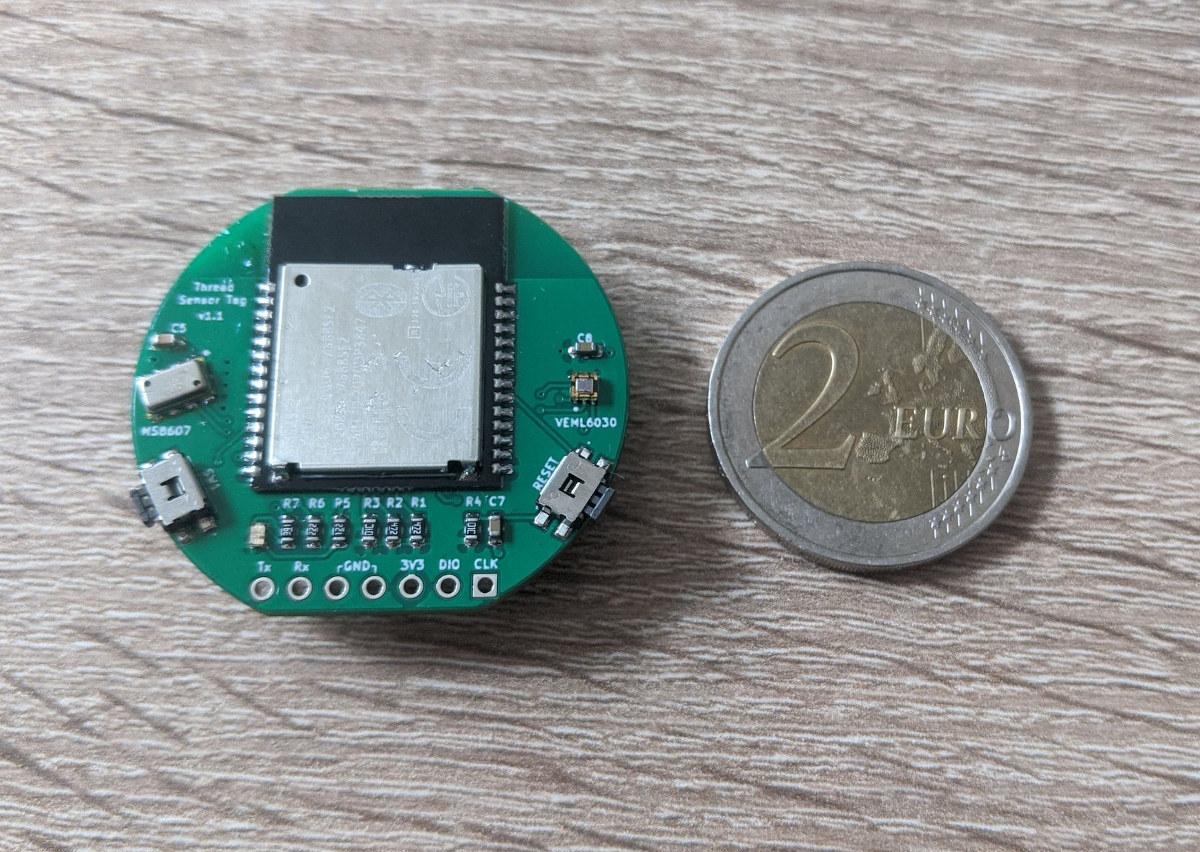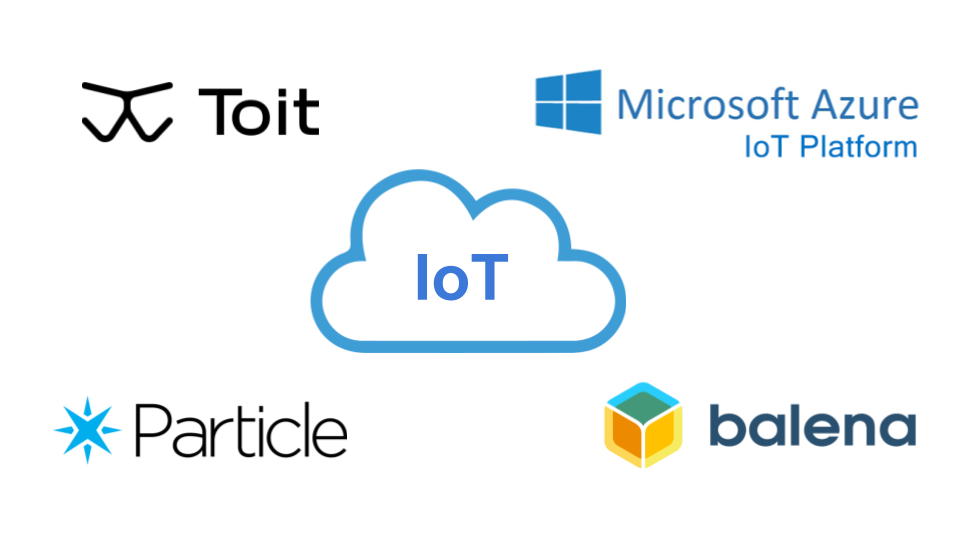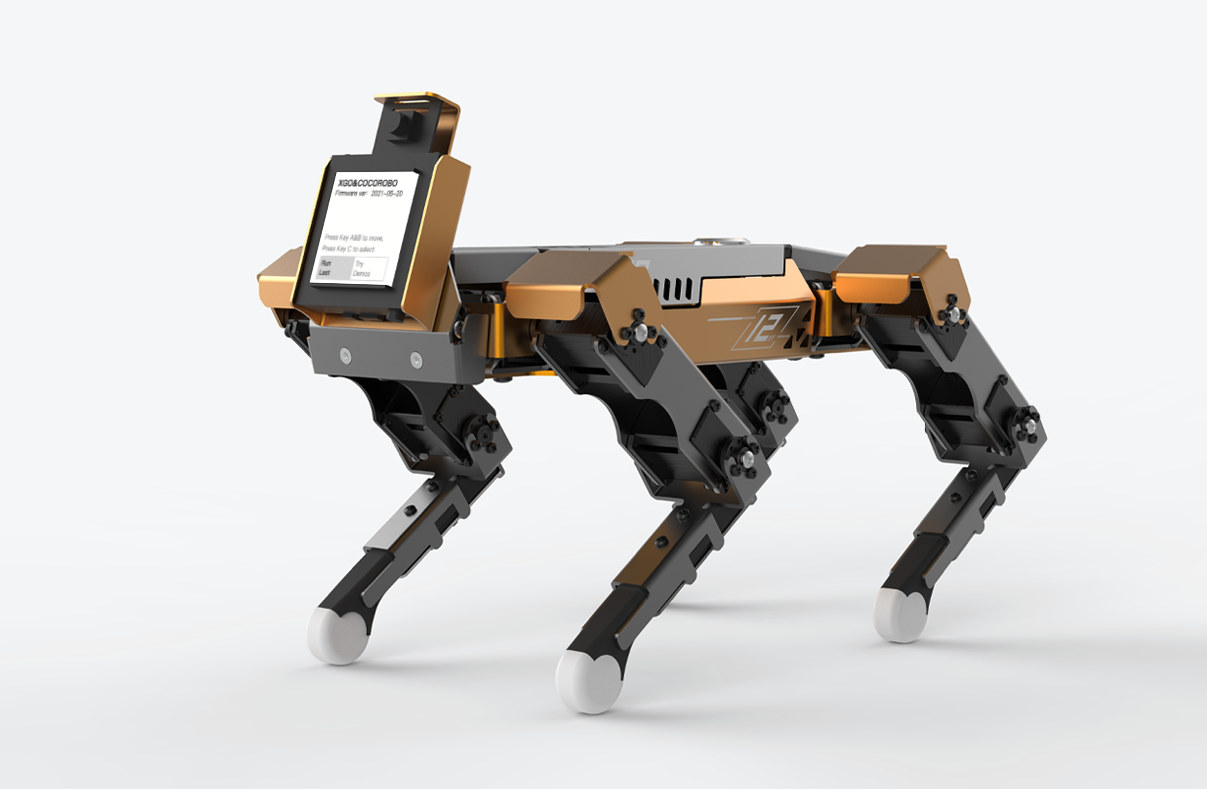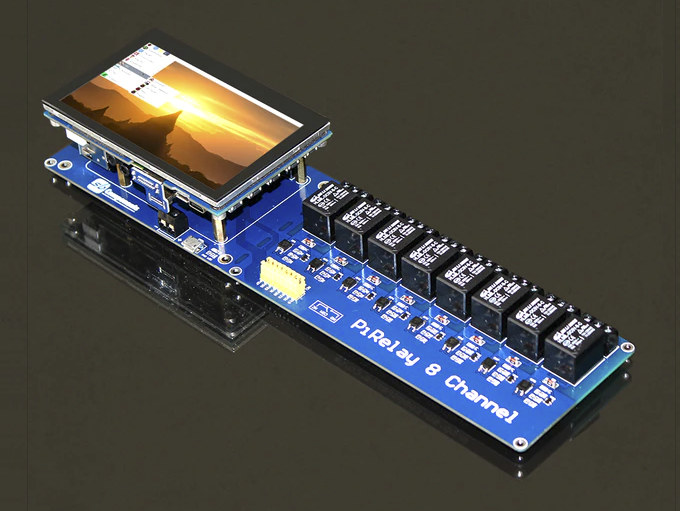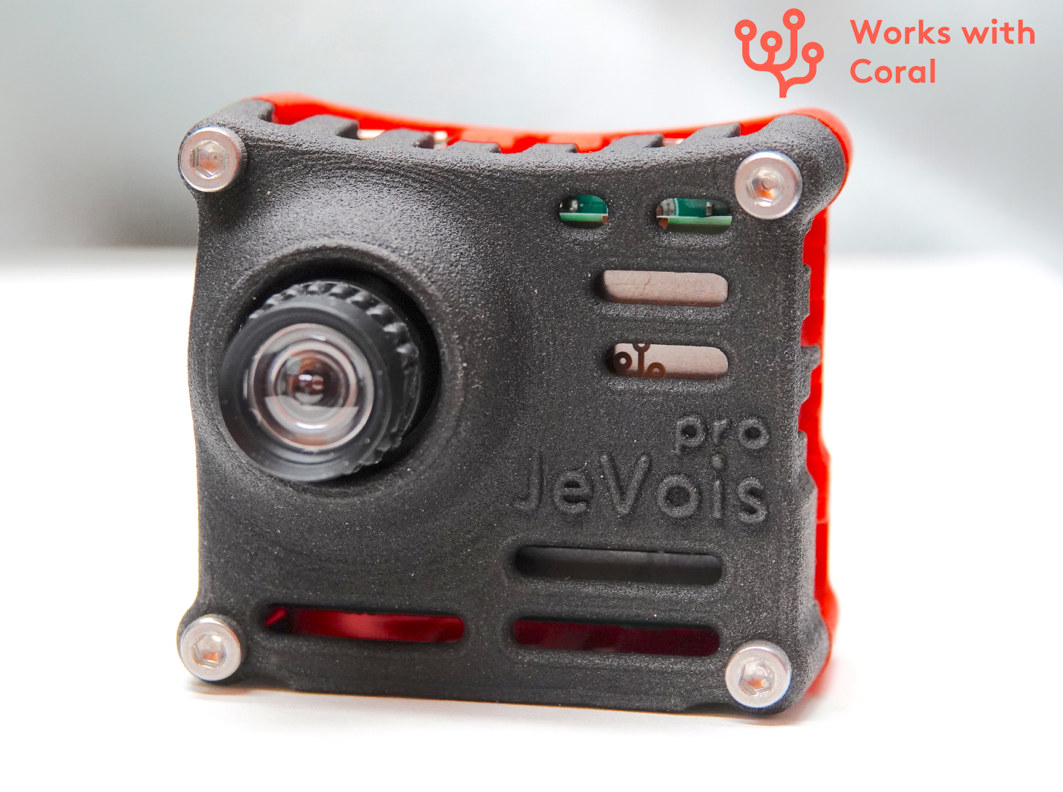A new official Raspberry Pi expansion board is introduced today. The Built HAT provides four connectors for LEGO Technic motors and sensors from the SPIKE Portfolio, as well as an 8V DC jack to power both the Raspberry Pi and LEGO motors, sensors, LED matrix, and more. Designed in collaboration with LEGO Education, the Build HAT features the Raspberry Pi RP2040 dual-core ARM Cortex M0+ MCU for I/O control, and will enable more complex models benefiting from more powerful Broadcom BCM2xxx processors, as well as a Python library for easy programming. Build HAT key features and specifications: MCU – Raspberry Pi RP2040 microcontroller for low-level control of LEGO Technic devices 4x LPF2 connectors for LEGO Technic motors and sensors included in the SPIKE Portfolio 40-pin GPIO header for connection to Raspberry Pi 4 Model B, 3B+, 3B, 3A+, or Pi Zero family (Raspberry Pi 400 not supported) Misc – 2x […]
ANAVI Gardening uHAT adds soil and other sensors to Raspberry Pi (Crowdfunding)
We’ve been covering and reviewing ANAVI open-source hardware boards for several years now, either standalone boards based on ESP8266, or add-on boards for Raspberry Pi. The ANAVI Gardening uHAT is the latest board from Leon Anavi. It is a micro HAT designed for Raspberry Pi Zero to Raspberry Pi 4 SBCs that offers interfaces for soil sensors and other environmental sensors allowing measurements of soil moisture, atmospheric pressure and humidity, temperature with a waterproof sensor, and light intensity for gardening applications. ANAVI Gardening uHAT key features and specifications: Compatibility – Any Raspberry Pi board with a 40-pin GPIO header Storage – EEPROM for uHAT compliance 2x 3-pin headers for capacitive soil moisture sensors connected to Microchip MCP3002 ADC chip 3-pin One-wire terminal block for a waterproof temperature sensor 2x 4-pin I²C headers for additional sensors 10-header with GPIO pins for controlling irrigation systems and peripherals Misc – 2x user LEDs, […]
OpenCV AI Kit Lite – A compact 4K Tri-camera kit for computer vision applications (Crowdfunding)
The OpenCV AI Kit “OAK-D” now has a little brother with the OpenCV AI Kit Lite equipped with the same Intel Myriad X-based DepthAI solution with three cameras, but in a much compact form factor and a price slashed to as low as $79 and up. Like its predecessor, the OpenCV AI Kit leverage the Myriad X AI accelerator’s capabilities to provide a wide range of real-time computer vision applications, and can be programmed with C++ or Python APIs, as well as graphical user interfaces. OpenCV AI Kit Lite (OAK-D Lite) specifications: Intel Myriad X-based DepthAI with 4 TOPS of AI performance Cameras (made by ArduCam) Color Camera IMX214 (PLCC) with 4208×3120 resolution, 1.348:1 aspect ratio 1/3.1 inch Lens size 81.3 degrees DFOV Focus range 8cm – ∞ Stereo Camera specifications: Omnivision OV07251-G04A-1E (COB) with 640 x 480 resolution, 1.333:1 aspect ratio 1/7.5 inch lens size DFOV: 85.6,HFOV: 72.9, VFOV: […]
Coin cell-powered OpenThread sensor board can send data every 20 seconds for three years
Monkey Store’s Thread Sensor Tag is a pressure, humidity, temperature, and light sensor that connects to the OpenThread network, and is capable of transmitting MQTT/UDP data every 20 seconds over a period of around three years from a single coin cell battery. As a reminder, OpenThread is an implementation of the Thread IoT network protocol that was unveiled in 2016 by Nest Labs (now Google/Alphabet). This has not been widely used so far, but we did write about MKR SharkyPro development board with OpenThread support via STMicro STM32WB5MMG wireless module earlier this year, and Monkey Store is telling us both Google and Apple are working on devices with support for the IoT protocol. Thread Sensor Tag specifications: Wireless module – Minew MS88SF2 based on Nordic Semi nRF52840 multi-protocol 2.4GHz wireless Cortex-M4 microcontroller Sensor VEMLS6030 I2C light sensor MS8607 pressure, humidity, and temperature sensor I/Os – 7x through holes with Tx/Rx, […]
Microsoft Azure IoT, Balena, Particle, or Toit – Choosing the Right IoT Development Platform
With the ongoing fourth Industrial Revolution (Industry 4.0), IoT technologies are playing a major role in automating industrial processes. Integrating existing systems with IoT results in an intelligent solution that focuses more on providing better adaptability and resource efficiency. If you start building such systems from scratch while ensuring reliability and other factors, it will surely take a lot of research and time. This is where an IoT development platform steps in to save your time and makes things a lot easier. The main idea behind these platforms is to avoid reinventing the wheel and to provide standardized functions and features, so you don’t waste your time implementing something that someone has already done for you. You can collect data, control and manage apps and connect to their cloud services for better machine-to-machine communication. This article will look at some modern IoT development platforms and finally compare them to help […]
XGO Mini Pro robot dog features Kendryte K210 AI processor (Crowdfunding)
[Update: Initially published on July 30th, XGO Mini Pro robot dog is now up on Kickstarter. While it was listed on the Kendryte K510 product page, it is only offered with the earlier Kendryte K210 in the crowdfunding campaign] Kendryte K510 RISC-V AI processor is the successor of Kendryte K210 with much more AI processing power (2.5/3 TOPS) that makes it suitable for robotics projects demanding much lower latency and quasi-real-time inference. One of the first products to be compatible with both Kendryte K510/K210 capabilities is Luwu Intelligence Technology’s XGO Mini Pro, a four-legged robot that looks like a dog with a tiny head providing the “smarts” for the system including face detection, image recognition, object tracking, voice recognition, and so on. We first found the description of the robot on Canaan’s website is rather short with an explanation that when equipped with is equipped with a 9-axis IMU and […]
Relay expansion board for Raspberry Pi includes 4.3-inch touchscreen display (Crowdfunding)
There are plenty of multi-relay boards for Raspberry Pi, but since those are often combined with an HMI for control, SB Components decided to offer an all-in-one solution with an expansion board equipped with eight relays and a 4.3-inch touchscreen display connected to a Raspberry Pi via HDMI and USB. PiRelay 8 specifications: Relays 8x relays with 3.3V/5V trigger signal Input – 250V AC/7A, 30V DC/10A Screw terminal blocks NO (Normally Open) and NC (Normally Closed) modes available Isolation – EL357NC optocouplers with current transfer ratio (CTR) of 50-600% at IF=5mA, VCE=5V Display support – Optional 4.3-inch touchscreen display with 800 x 480 pixels resolution, HDMI input for video, USB for touchscreen support. It also comes with a 3.5mm audio jack, an HDMI audio output, a speaker connector, and mounting holes for the Raspberry Pi. 40-pin GPIO header to connect a Raspberry Pi SBC (Pi 4, Pi 3B+, Pi 3, […]
Jevois Pro small AI camera with Amlogic A311D SoC offers up to 13 TOPS (Crowdfunding)
Jevois-A33 smart camera was a tiny Linux camera with Allwinner A33 processor designed for computer vision applications and announced in 2016. I had the opportunity to review the computer vision camera the following year, and it was fun to use to learn about computer vision with many examples, but since it relied on the CPU for processing, it would not have been suitable for all projects due to the lag, as for example, object detection took 500ms and Yolo V3 around 3 seconds per inference. But time has passed, and great progress has been made in the computer vision and AI fields with the tasks now usually handled by a built-in NPU, or an AI accelerator card. So JeVois Pro deep learning camera has just been launched with an Amlogic A311D processor featuring a 5 TOPS NPU, and support for up to 13 TOPS via a Myriad X or Google […]


